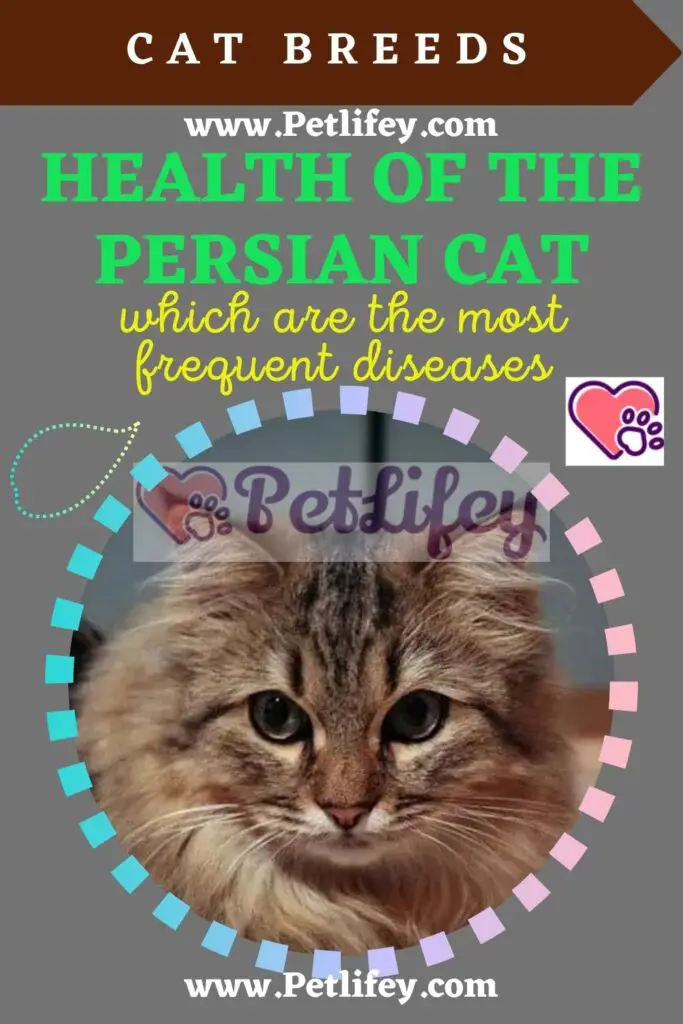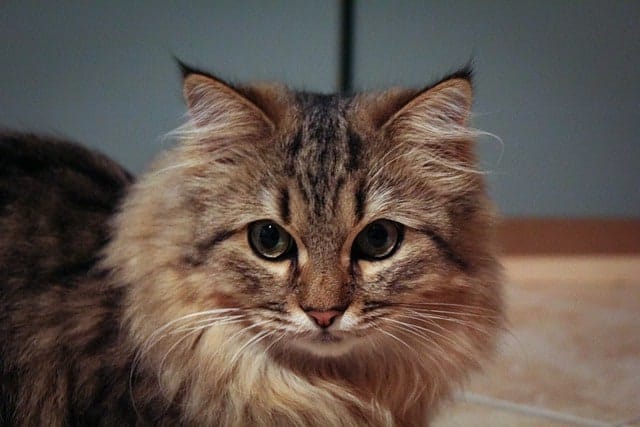
Have you decided to enrich your life with the love of a Persian, and do you want to know about the most frequent diseases of this breed? Let’s find out.
Taking care of the health of your four-legged friend is essential to ensure a full, long and happy life. Let’s see what frequent diseases the Persian is exposed to and how to adequately protect it from risks to its well-being.
The list of the most frequent diseases in Persian

Persian belongs to the category of cat breeds that live longer. The average life of this breed, in fact, is around 15 years. Given the particular conformation of the muzzle of the specimens, however, these felines are more predisposed to the onset of some pathologies.
Not only that: the cat could manifest diseases of a hereditary nature. For this reason, once you have chosen to adopt a purebred cat, it is advisable to contact a serious breeder, who can guarantee the health of the animal, even by subjecting its parents to specific genetic tests.
Polycystic kidney
Among the most frequent diseases in Persian is polycystic kidney. It is a hereditary pathology, which can affect one or both kidneys. On the surface and inside these organs, cysts begin to appear, which enlarge with the passage of time.
They increase in size until they affect kidney function, also causing the death of the animal. Unfortunately, to date there is no cure for polycystic kidney in cats. However, it is possible to subject the cat to maintenance therapy, to slow down the progress of the disease.
The best advice to promptly detect the polycystic kidney is to carry out ultrasounds on an annual basis, starting from 1 year of life of the Persian.
Eye disorders
Given its particular morphology, among the most frequent diseases in Persian there are those that affect the eyes:
- Entropion, which affects the cat’s eyelids, which undergo an inward reversal. As a result, the eyelashes of the animal continuously rub against the cornea, irritating it. In severe cases, the cat will need to operate;
- Glaucoma, when the blood pressure of the eye is too high. The consequences of this pathology can reach up to blindness in the cat;
- Congenital epiphora, or excessive tearing, which causes the proliferation of fungi and bacteria in the affected area.
Hypertrophic cardiomyopathy
Hypertrophic cardiomyopathy in cats is a disease that causes thickening of the left ventricle of the heart. As a result, its amplitude is reduced and blood circulation is impaired.
This pathology can prove fatal. Male and obese cats are more predisposed to the onset of hypertrophic cardiomyopathy, compared to female and normal-weight specimens.
Respiratory diseases
The snout of the Persian cat is irresistible: crushed face and large eyes. It is precisely these characteristics, however, that make it more exposed to respiratory diseases. In fact, the nasal passages of these specimens are much smaller.
This makes them more exposed to cold, heat and environmental conditions of humidity or particular dryness. For this, the most frequent diseases in persian affect the respiratory tract; this means that they are also less active than other breeds.






